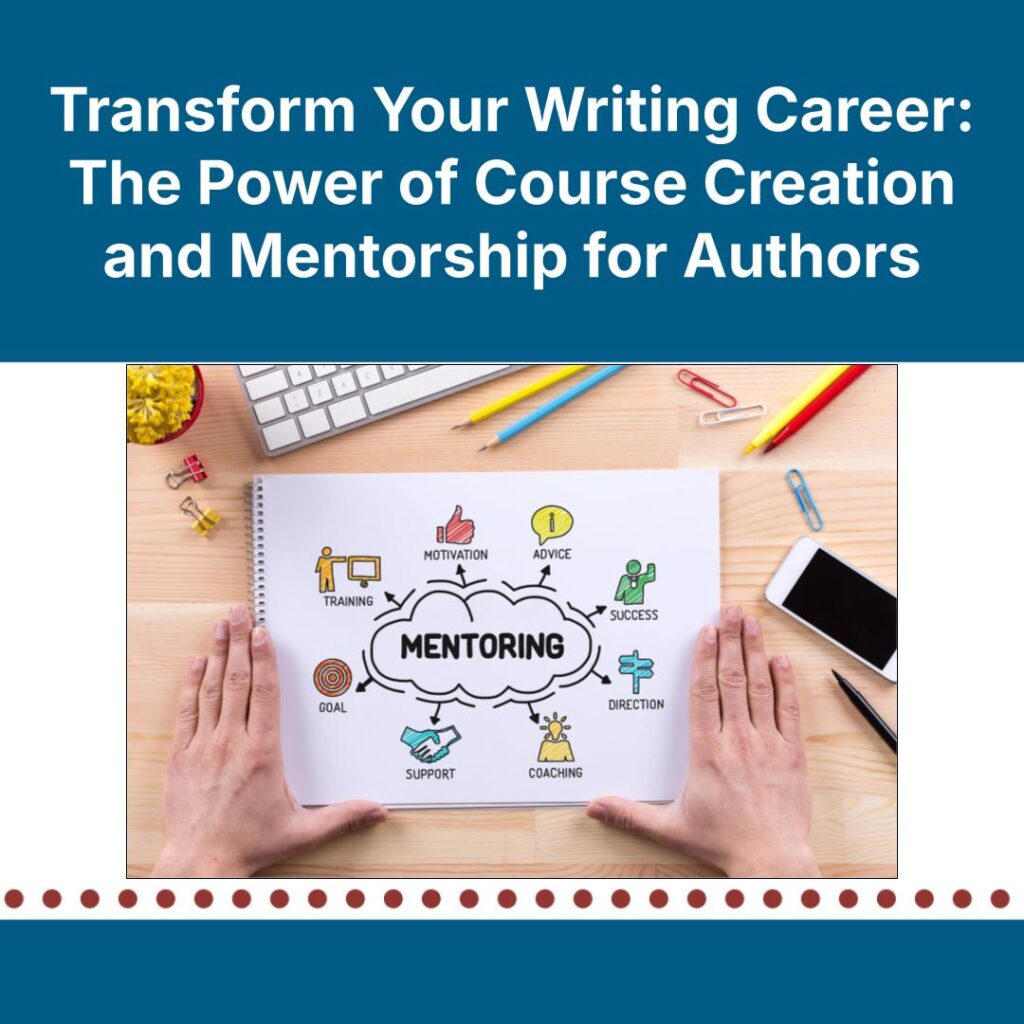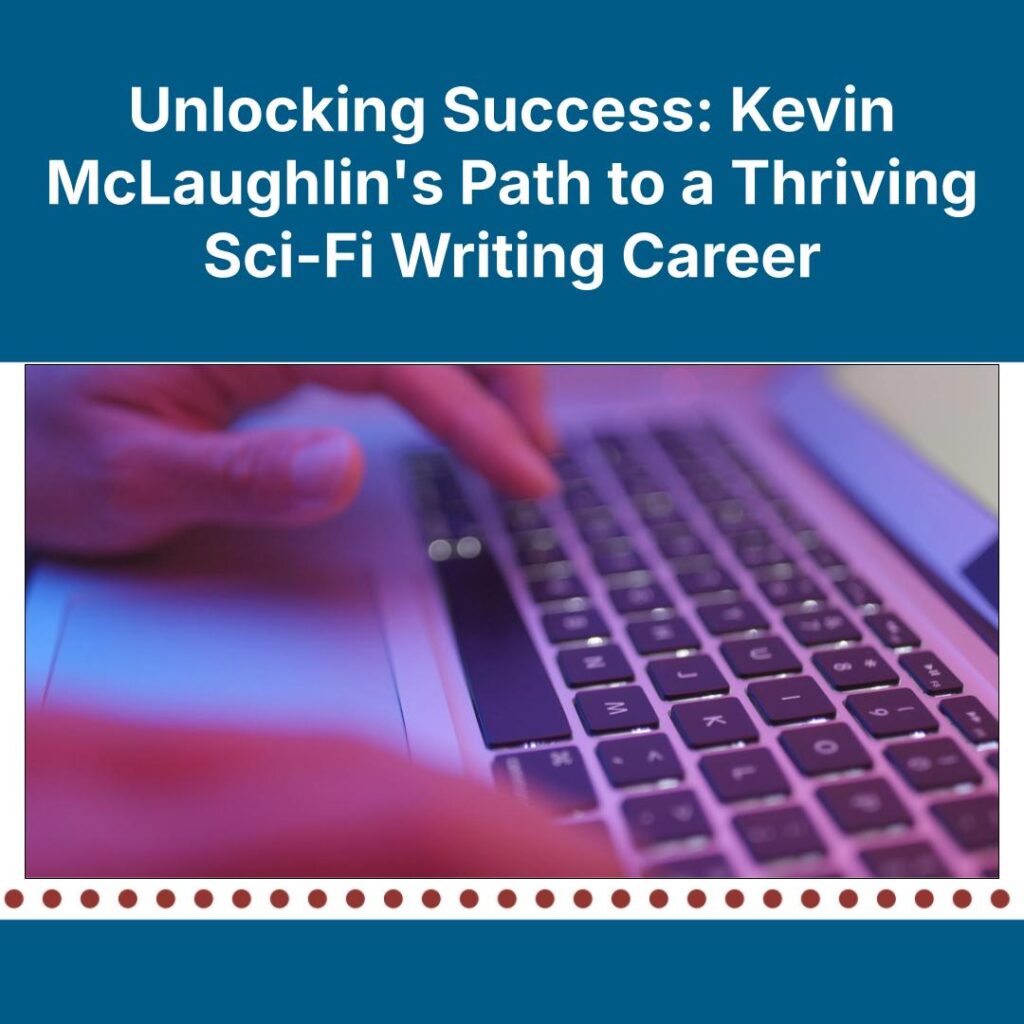Author Mariel Pomeroy's Approach to Trigger Warnings
Author Mariel Pomeroy left a cautionary message for readers of her debut novel that is hard to miss. It’s printed on its own page in the front of the book just after the copyright. She also included it in the book’s product description and in her social media posts advertising the novel. A general statement about the genre is even in the bio of her Instagram account.
Almost everywhere readers might find her book, she made sure they could also find trigger warnings for its content.
“It wasn't even a question if I was going to put it into my book or not,” says Pomeroy of Book Daddy, LLC. “I would rather you look at my book, you read the trigger warnings, or even the genre—I ended up a couple of weeks ago putting ‘This is a Dark Romance High Fantasy’ before the summary on Amazon—so you know exactly what you're walking into.”
In recent years, the use of trigger warnings online and on social media has grown considerably, according to The New Yorker, raising the question for authors and their publishers as to whether they should follow suit. But so has the controversy surrounding the warnings. Some, such as Pomeroy, consider it an important step in allowing readers to make informed decisions about what they read, but others argue it is unnecessary, citing genre expectations, a reluctance to generalize audiences, and concerns of censorship.
The debate has expanded beyond the reader community. Professors have fueled the fire by providing trigger warnings for some classic books and well-known authors, according to the United Kingdom’s The Week. Critics of the practice, including the National Council of Teachers of English, have likened it to the book-banning trend that experienced a resurgence in the past year when more than one thousand titles were banned in United States school districts between July 2021 and March 2022, according to Education Week. Scientific studies have also called the practice into question with results that suggest trigger warnings offer little to no benefit to survivors of post-traumatic stress disorder (PTSD). The term “trigger” is technically a psychology term used in reference to mental health conditions like PTSD.
Still, many readers online emphasize how beneficial trigger warnings have been for their reading experience—and how harmful the lack of them can be. In the years since internet users began integrating trigger warnings into mainstream use, alerts to sensitive content have become almost expected in certain online communities, reports Buzzfeed News—and corners of BookTok and Bookstagram are no exception. Pomeroy says part of the reason she was so intent on including warnings for her own work came from knowing people who have experienced traumatic responses from distressing themes in books. “I've seen a lot of people that I know personally have very strong reactions and truly see a trigger warning and be like, ‘Oh my god, I cannot read this.’”
But for Sapphic Fiction author Adrian J. Smith, the question of whether to include trigger warnings doesn’t have a clear answer. Smith considers herself a “reservist” when it comes to the warnings. Only one of her books has ever included a trigger warning, which came at the decision of her publisher for depictions of torture and sexual violence. And although she agrees with adding warnings for those types of subject matter, she believes many other commonly flagged themes are redundant when readers look at the genre or the book’s blurb.
“If you write or read Dark Romance, putting a trigger warning for kidnapping is just stupid because it’s expected in the genre. If you write Post-Apocalyptic fiction or even a lot of Urban Fantasy or Sci-Fi, putting a content warning for violence is kind of stupid because, again, it's expected,” Smith says.
In a similar vein, Smith says triggers in the psychological sense are too varied and subjective to adequately label everything that may affect a reader. In the same book where her publisher flagged some of her content with trigger warnings, other potentially triggering themes from the novel were left alone that she thought might’ve deserved a warning, and reviewers pointed out still other taboo topics in the book.
Overall, Smith says she prefers the term “content warning” to “trigger warning” as it removes ties to medical diagnoses and therefore any assumptions about how your readers might react. Yet even this doesn’t fix the challenge for those writing “on the edge of taboo” according to society’s standards, such as those who include LGBTQ+ content, like she does.
“Ten or fifteen years ago, I would have needed a content warning for my book because my main character is a lesbian. And now in 2022, I don't need that, but you're also not likely to find my books in a high school library,” she says. “A lot of people still put content warnings on BDSM books. I have written a couple, and I won't do that because BDSM is just a way of living. It's a way of loving a person differently than some other people do it. And it's not necessarily a bad thing. It's just content.”
The Question for Authors
So what options do authors have regarding how to write warnings in their own work?
In the self-publishing industry, a lot. Almost every decision rests on the author’s shoulders, including whether to write a warning regarding a book’s content in the first place. For those who still struggle with whether they should write a note, however, Pomeroy says she suggests asking alpha and beta readers their thoughts on the book’s content and what they think might require a warning.
Pro Tip: Authors and readers can visit http://BookTriggerWarnings.com or http://TriggerWarningDatabase.com, online trigger warning databases, for lists of the types of content that might require a warning and to browse current entries or create new pages for books not yet included in the databases.
She says she believes any sort of regulation or standardization for the practice would be difficult, though she encourages authors to make their warnings as easily accessible as possible. List warnings in the product description, inside the front cover, and on your author website, she suggests. As for the wording of the note, there are ways to be thorough without revealing too much of the story. Pomeroy says she’s planning on changing her method for the second book in her series in order to be more descriptive.
“What I've seen authors do and what I want to do going forward is do that [provide a list of general themes in the book] and then, especially for the e-book version, include a link to my website for a literal list,” she says. The URL would provide those who are unsure about the book’s content with more context regarding sensitive scenes without the risk of spoiling major plot points for others.
“Everyone's lines are different,” Pomeroy says. “So something that might not be a trigger for me might very well be a trigger for someone else.”
Looking at the debate from another perspective, Smith says authors should consider their genre and audience as they write trigger warnings for their books. If readers can readily expect sensitive themes based on the genre or the cover blurb, she says, you might not need to be as descriptive in your note—if you need to include one at all.
Ultimately, as with any creative industry, there isn’t a correct answer for how to handle sensitive content in books. When all is said and done, however, Pomeroy says she roots her decision more in her beliefs as an artist than in her strategy as a business owner.
“There’s not a reason not to list trigger warnings,” Pomeroy says. “I want the people who are going to genuinely enjoy the things of this and the genre of this to read it, completely independent of sales or numbers or anything like that. That was the point of this book in the first place. Of course, I want it to be a career. But numbers are probably the last thing on my mind when it comes to this, especially when it comes to sensitive topics.”








